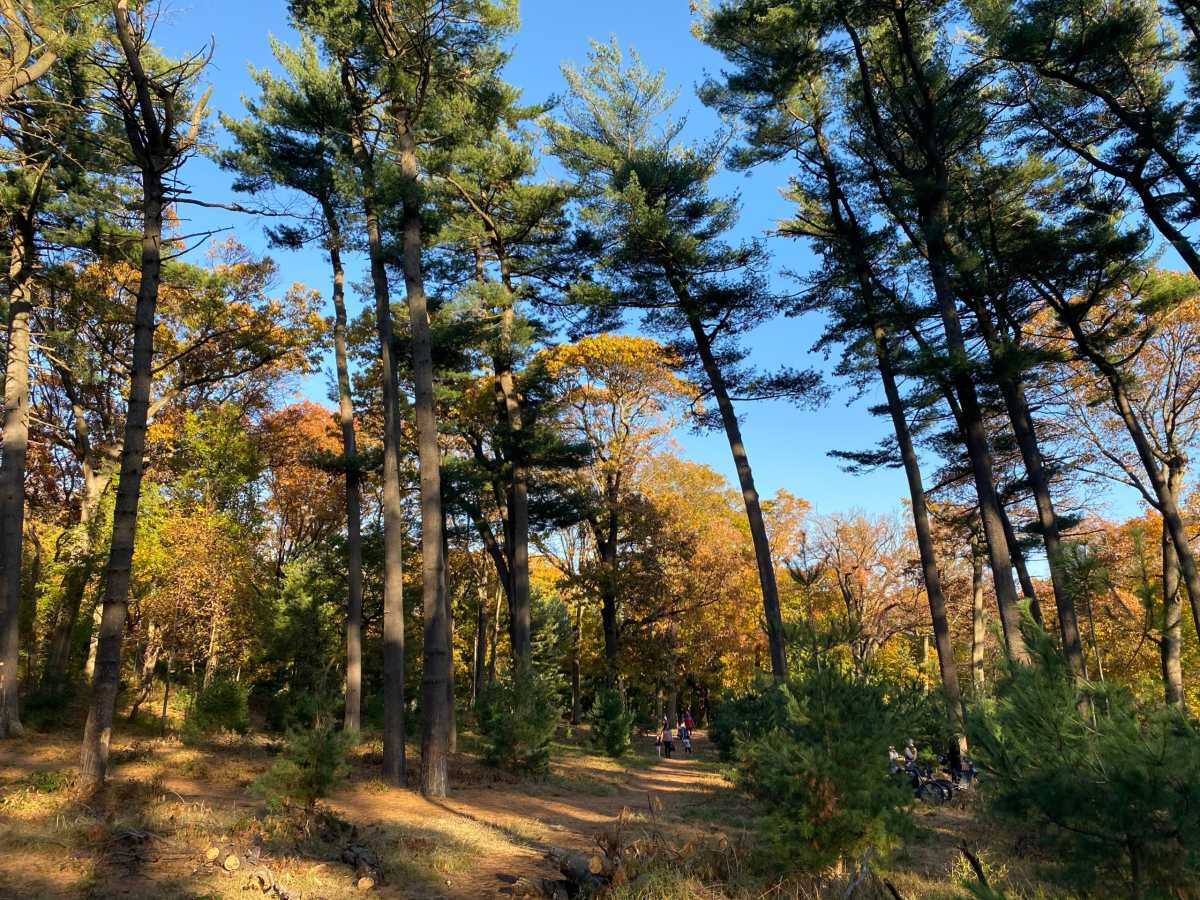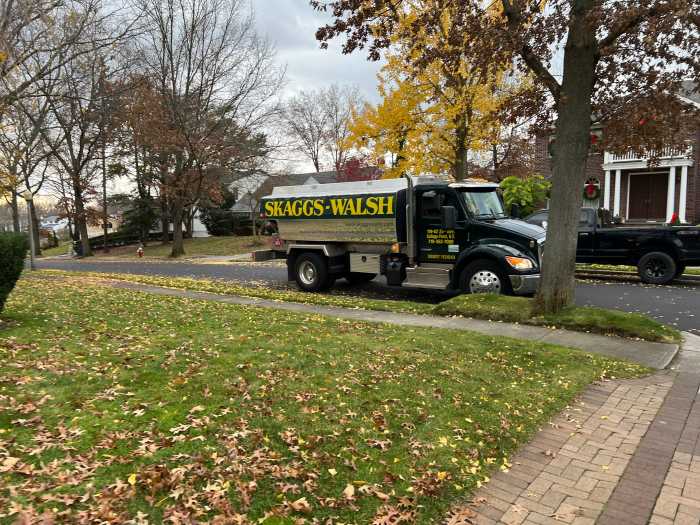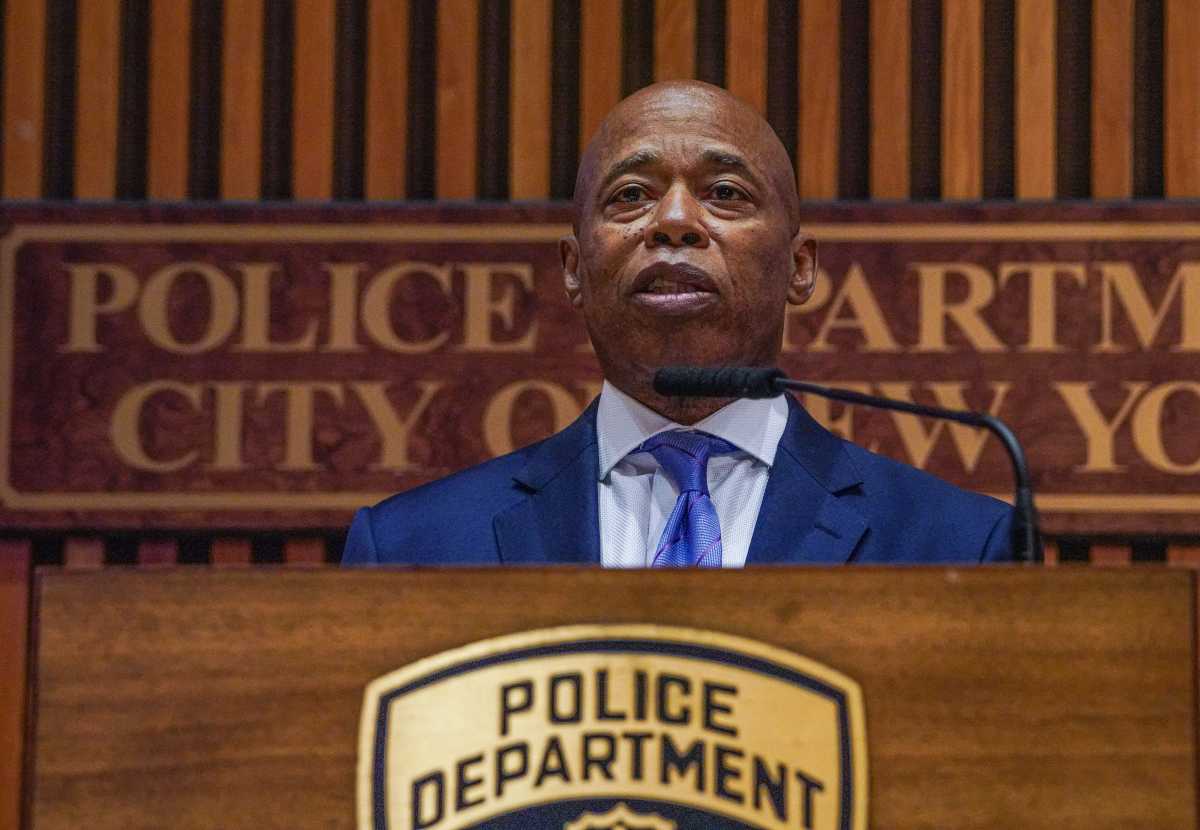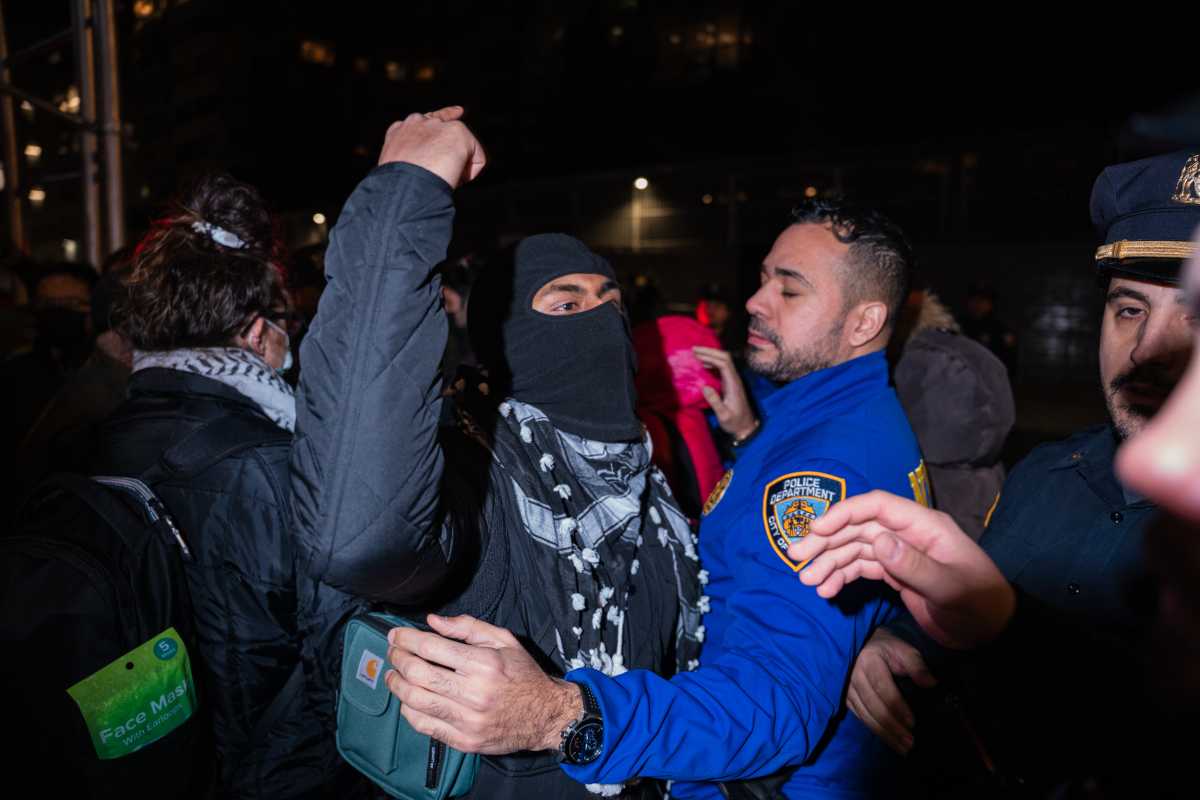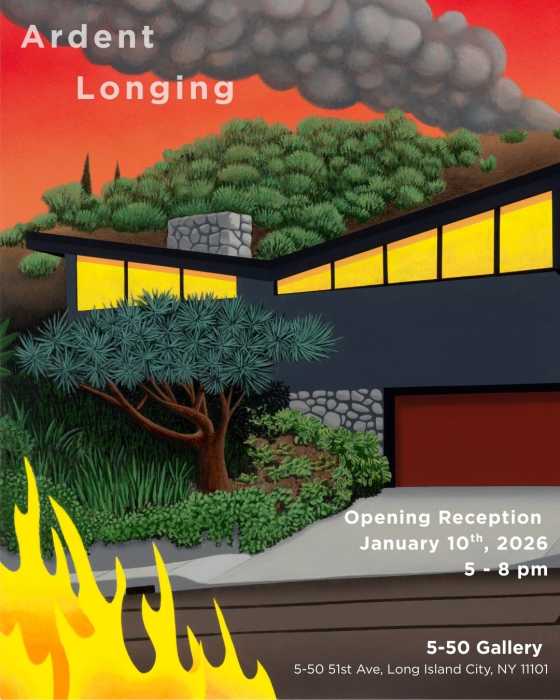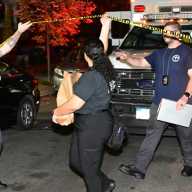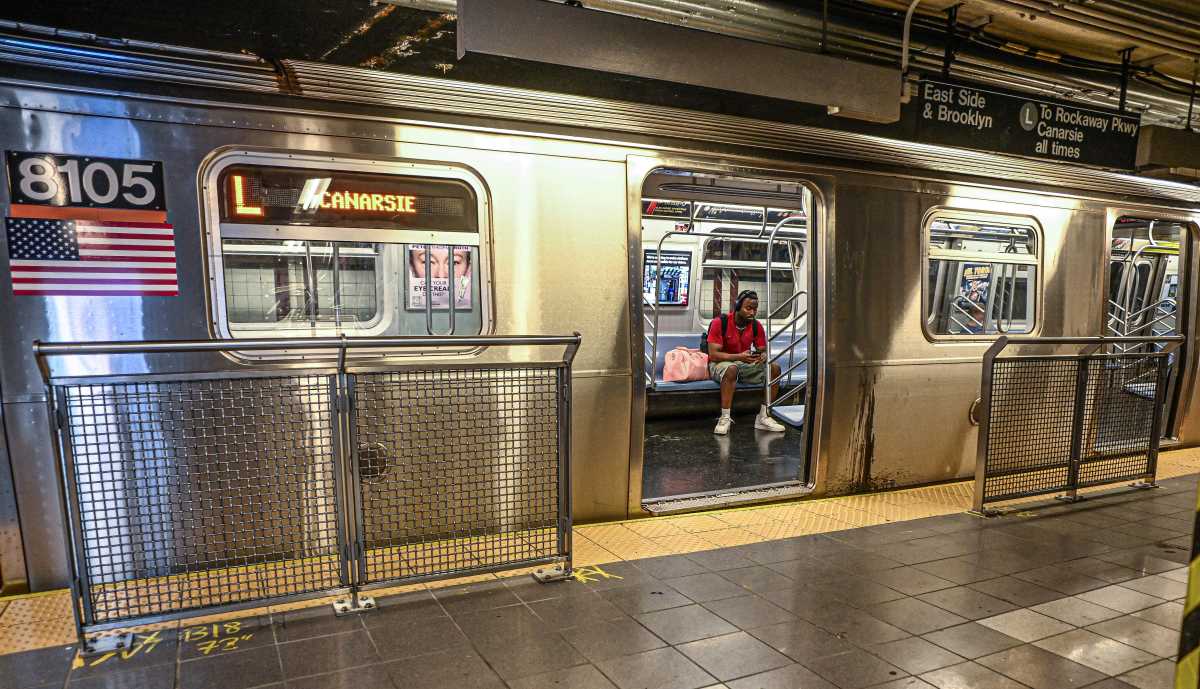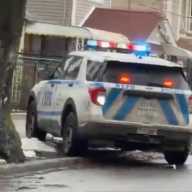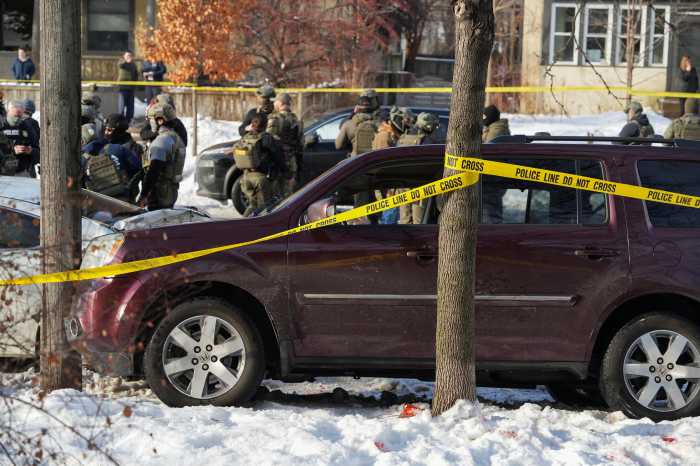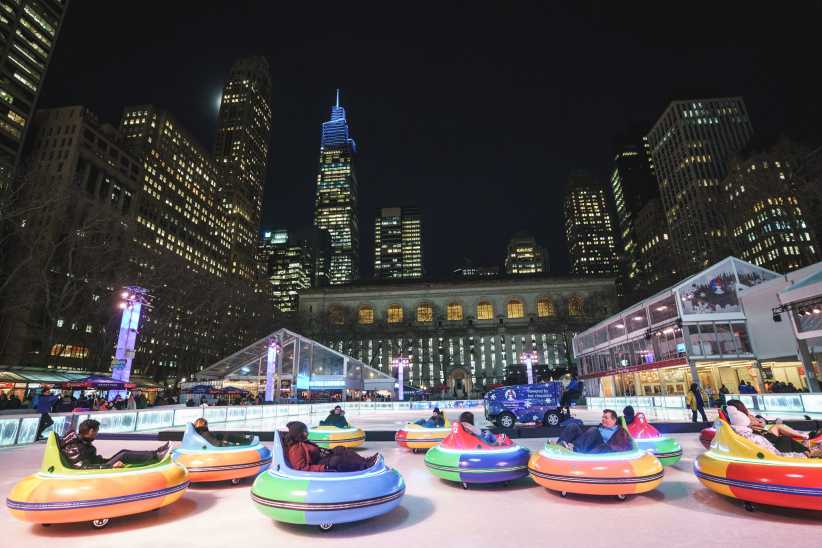Amid the aftermath of Hurricane Ida, as New York City residents grappled with the arduous task of rebuilding their lives and homes, Cindy Taylor found herself facing a unique challenge.
In the wake of the storm’s devastation, Cindy, a homeowner and mother of two, noticed a troubling change in the beloved citrus tree that had stood sentinel in front of her family home for generations.
“It was more than a tree. It was family,” Cindy said.
As months passed, Cindy watched with growing concern as the once-vibrant tree began to wither, its branches sagging and its leaves losing their luster. Despite her efforts to seek assistance from the city’s 311 hotline, Cindy was met with frustration and uncertainty, left to navigate the situation on her own. The 311 operator didn’t provide Cindy with a timeline of when they would come to inspect the tree.
The Department of Parks and Recreation inspects trees using a designation A-D level rating based on the likelihood of its damage to person or property. The more severe, the quicker the response time, ranging from days to months. The danger level is determined based on the
likelihood of the tree falling.
Cindy’s tree was considered a level D, which meant that it had less chance, according to NYC Parks, to cause damage from a fall. The timeliness of the response from NYC Parks to inspect Cindy’s tree was influenced by the rating of the tree. This is unfortunate since most constituent complaints to NYC Parks fall under Level D and maybe some are Level C. This means that these complaints are not meant with a timely solution.
Cindy’s experience reminded me of a poignant memory from my childhood. When I was young, there was a small canopy tree in front of my house that gradually deteriorated over time. This personal experience has fueled my passion for introducing legislation aimed at requiring the Department of Parks and Recreation to amend the administrative code of the city of New York regarding tree maintenance prioritization.
Because of stories like Cindy’s, I introduced Int. 0800-2024 aimed at addressing the systemic issues surrounding tree maintenance prioritization in the city. Under this proposed legislation, the Department of Parks and Recreation would be mandated to expedite the inspection and maintenance of trees categorized as Level D, ensuring a timely response to constituents like Cindy who often find themselves overlooked in the bureaucratic shuffle.
Int 0800-2024 mandates NYC Parks to automatically respond to every request for tree repair with a link to their Tree Work Hub site, ensuring constituents are informed of the status. For Level D trees, such as Cindy’s, NYC Parks must prioritize addressing safety ratings within 240 days. Additionally, NYC Parks would be tasked with developing criteria to evaluate property damage caused by trees beyond falling limbs, with consideration given to building clearance as a factor in tree maintenance.
As the tale unfolds, it becomes clear that Int 0800-2024 is more than just a piece of legislation—it’s a beacon of hope for constituents like Cindy, a testament to the power of collective action in shaping a brighter, safer future for all. With the passage of this bill, constituents can rest assured knowing that their concerns will be met with the urgency and attention they deserve, ensuring that no tree—or resident—is left behind in the city’s quest for renewal and resilience.

Dr. Nantasha Williams is a New York City Council Member for District 27 in Southeast Queens, representing the communities of Cambria Heights, Hollis, Jamaica, St. Albans, Queens Village, Addisleigh Park and Springfield Gardens.

